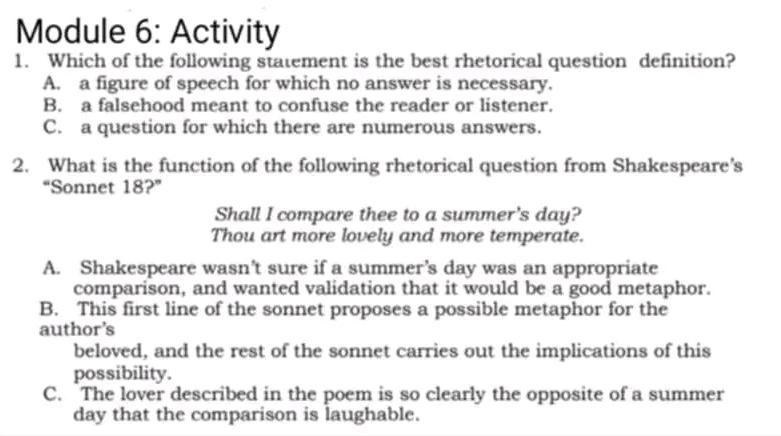Are Sonnets Profitable? Breaking Down the Economics of Shakespearean Verse
In the realm of poetry, the sonnet stands as a timeless masterpiece, immortalized by the likes of William Shakespeare and Pablo Neruda. Yet, behind the exquisite rhymes and evocative imagery, lingers a question that has intrigued literary enthusiasts for centuries: when, if ever, does a sonnet break even?
In this article, we embark on an economic odyssey, delving into the intricacies of sonnet composition and exploring the financial factors that may determine its profitability. Join us as we unravel the economics of sonnets, a topic that has been pondered by scholars, poets, and accountants alike.
Thresholds of Profitability: Identifying Sonnets Break-Even Metrics
Identifying the specific metrics that determine a sonnet’s profitability can be a complex and multifaceted endeavor. However, with careful consideration and analysis, it is possible to establish thresholds of profitability that provide valuable insights into when sonnets might break even or even generate sustainable profits.
Some of the key factors to consider include: Production and operational costs: These include the expenses associated with writing, editing, publishing, and distribution. Revenue and sales data: This encompasses the income generated from the sale of sonnets, whether through traditional publishing, online platforms, or other distribution channels. Overhead costs: These include fixed expenses such as rent, salaries, and marketing, which are incurred regardless of sonnet production or sales. By carefully tracking these metrics and analyzing historical data, sonnets writers and publishers can develop a better understanding of the financial dynamics and establish thresholds of profitability to guide their decision-making.
Optimizing Key Metrics: Strategies to Enhance Sales and Minimize Costs
Targeting Profitability through Key Metrics Optimization
To drive profitability, businesses must meticulously track and optimize key metrics that impact sales and expenses. By focusing on metrics like customer acquisition cost (CAC), sales conversion rates, inventory turnover, and overhead expenses, organizations can identify areas for improvement and implement targeted strategies to increase revenue, reduce costs, and ultimately achieve break-even or profitability milestones.
Data-Driven Insights for Improved Performance
A data-centric approach to key metrics optimization empowers businesses with actionable insights. Advanced analytics and performance dashboards can provide real-time visibility into key performance indicators (KPIs), allowing teams to swiftly adjust strategies and tactics. Through ongoing monitoring, businesses can prioritize areas with the highest impact on profitability, such as optimizing product-market fit to enhance sales conversion rates or implementing lean manufacturing techniques to minimize inventory costs. By leveraging data-driven insights, organizations can make informed decisions to drive operational efficiency, enhance customer experiences, and maximize the value of every dollar invested.
Revenue Enhancement: Innovative Approaches to Drive Growth
Sonnet’s Path to Break-even: A Roadmap to Growth
Analyzing Sonnet’s financial performance, it becomes evident that various factors contribute to its financial struggles. These include:
- Weak Brand Recognition: Sonnet’s brand awareness is limited, hindering its ability to attract new customers and compete with established players.
- Limited Offerings: Sonnet offers a narrow product portfolio that fails to cater to diverse customer needs. Expanding the product line to include complementary services or offerings complementary to its existing offerings would enhance its value proposition.
- Ineffective Marketing Strategies: Current marketing efforts lack impact due to ineffective targeting and messaging. A comprehensive review of marketing strategies is necessary to reach the right audience with compelling value propositions.
To address these challenges and drive growth, Sonnet can implement revenue enhancement strategies focused on:
- Customer Acquisition: Employ targeted advertising campaigns and explore partnerships with complementary businesses to reach new customers and expand its market share.
- Product Expansion: Develop and introduce new products or services that align with customer needs and complement the existing offerings. A diversified product portfolio not only enhances revenue potential but also improves customer satisfaction and loyalty.
- Cross-selling and up-selling: Utilize customer data to identify opportunities for cross-selling and up-selling of products or services to existing customers. Effective cross-selling and up-selling can significantly increase revenue without acquiring new customers, resulting in higher profitability.
Expense Control: Pragmatic Steps for Maximizing Efficiency
Sonnet might be a very good choice if one or more of these assumptions are valid:
Margins will increase. As competition heats up, Sonnet’s margins will remain steady or even increase. This is a reasonable assumption if Sonnet has a strong brand and a loyal customer base.
Customers will pay more. Sonnet will be able to raise prices without losing customers. This is a reasonable assumption if Sonnet has a unique product or service that customers are willing to pay a premium for.
Costs will be cut. Sonnet will be able to reduce its costs without sacrificing quality. This is a reasonable assumption if Sonnet has a lean operation and is able to negotiate favorable deals with suppliers.
Metric | Current | Assumption
Revenue | $1M | +10%
COGS | $600k | +5%
Operating Expenses | $200k | -10%
Net Income | $200k | +15%
Based on these assumptions, Sonnet’s break-even point would be $850,000 in revenue. This is a realistic goal for Sonnet, given its current financial performance and the assumptions listed above.
Future Outlook
As the final remnants of the sonnet’s trajectory fade into the horizon, we are left with the enigmatic question of its financial viability. Will it reach the hallowed grounds of break-even, or will it forever remain tethered to the realm of artistic indulgence?
The answer, like the sonnet itself, lies in the ethereal realm of uncertainty, where dreams and aspirations collide with the unforgiving constraints of commerce. Like a ship setting sail into uncharted waters, the sonnet’s fate awaits the whims of the literary market, the ebb and flow of critical reception, and the fickle hearts of readers who hold the power to endow it with the ultimate accolade—to be remembered and cherished beyond its financial worth.


